We may earn money or products from the companies mentioned in this post. This means if you click on the link and purchase the item, I will receive a small commission at no extra cost to you ... you're just helping re-supply our family's travel fund.
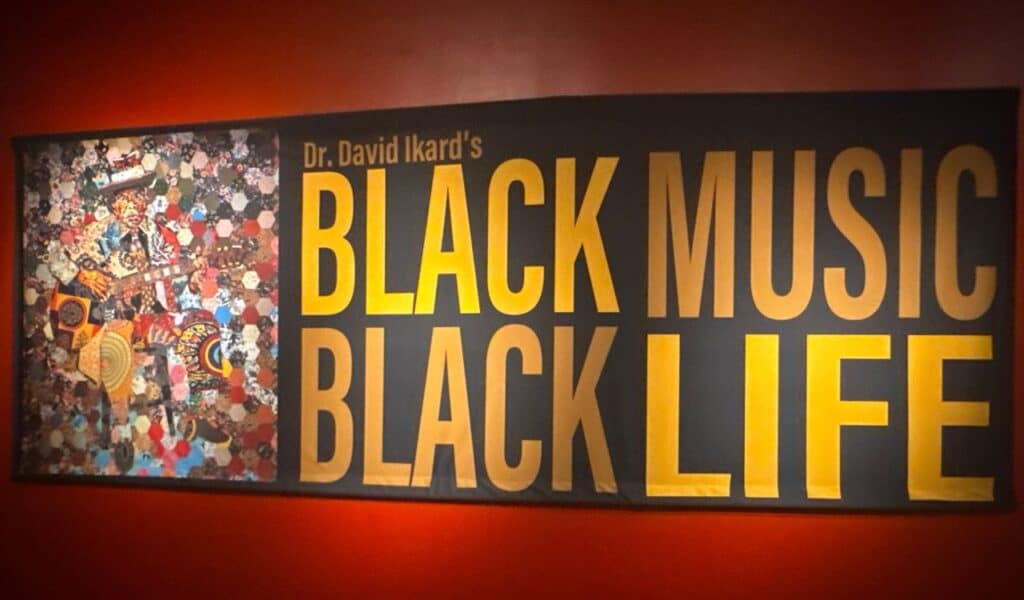
If you want to understand why today’s political debates feel so personal, skip the headlines and step into a small museum. Across the U.S., tucked inside old courthouses, storefronts, and even living rooms, are museums that tell the deeper stories behind America’s divisions. They show how everyday people, movements, and local struggles built the country we live in now. Here are eleven tiny museums that explain the fights shaping modern America better than any textbook.
1. National Civil Rights Museum – Memphis, Tennessee
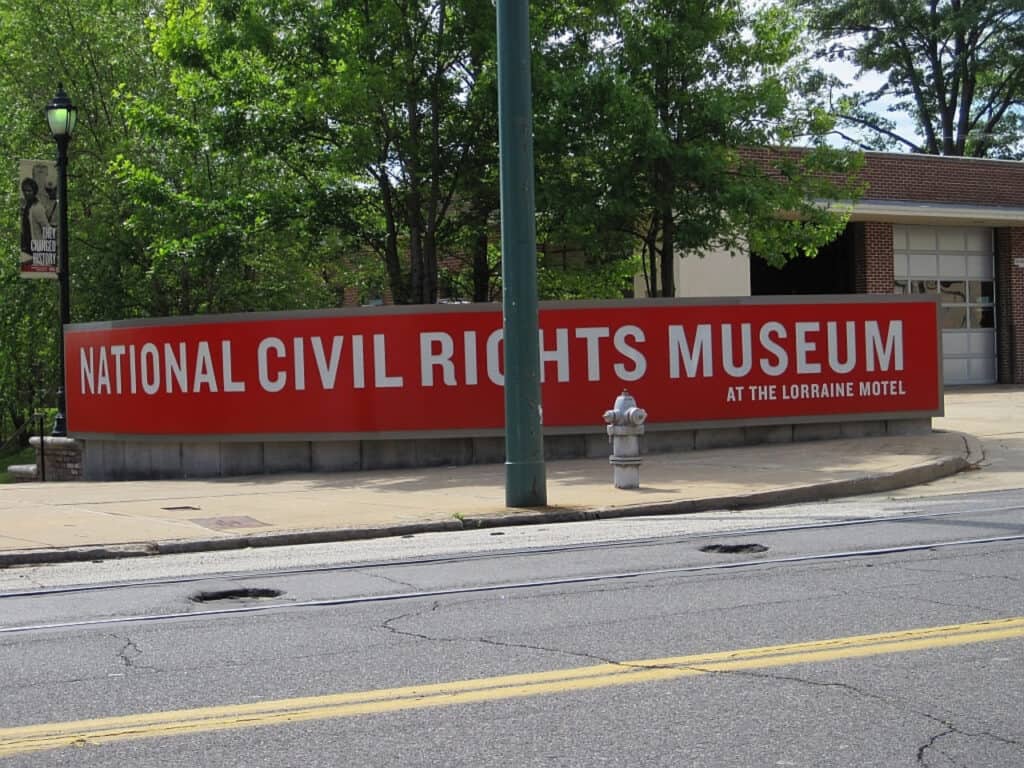
Housed in the former Lorraine Motel where Dr. Martin Luther King Jr. was assassinated, this museum traces the long fight for racial equality from slavery to modern civil rights. The exhibits don’t just recount history; they connect past struggles to issues like police reform, voting access, and economic justice. Walking through, you start to see how today’s racial tensions aren’t new-they’re part of a story that’s still unfolding.
2. Tenement Museum – New York City, New York
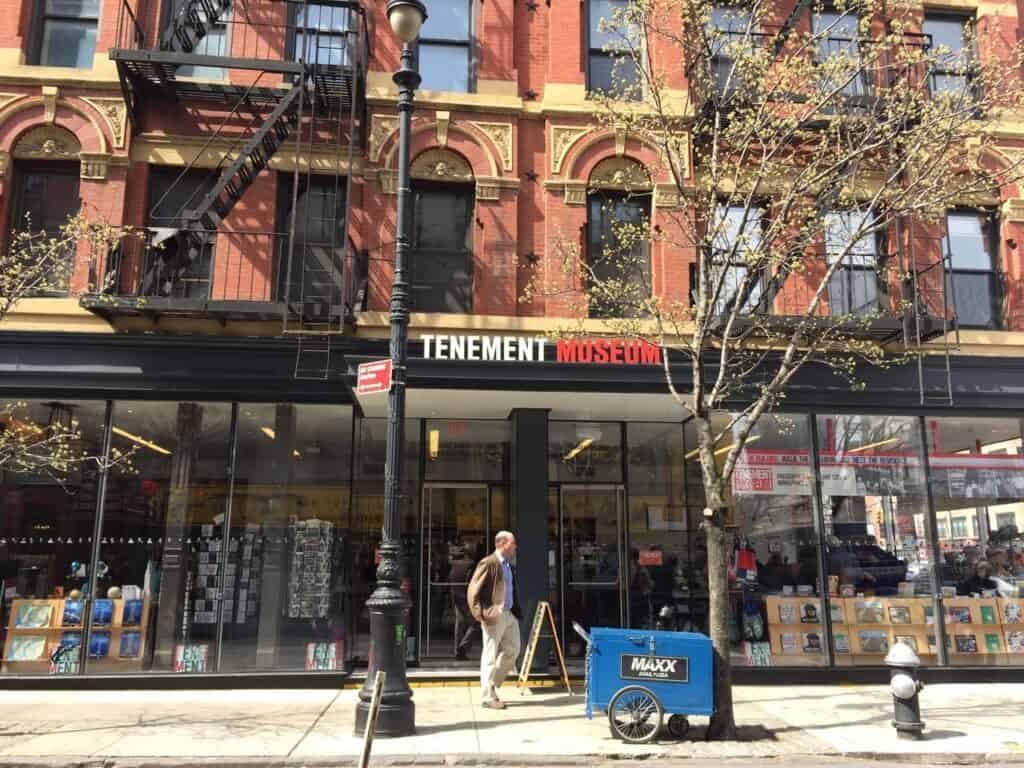
Inside a restored Lower East Side apartment building, the Tenement Museum puts you in the shoes of immigrants who shaped urban America. You hear the personal stories of families from different eras Italians, Jews, Puerto Ricans-each navigating poverty, policy, and prejudice. What you realize is that today’s debates about immigration, labor, and identity echo what these families faced over a century ago. The setting is small, but its lessons on resilience are massive.
3. Japanese American National Museum – Los Angeles, California
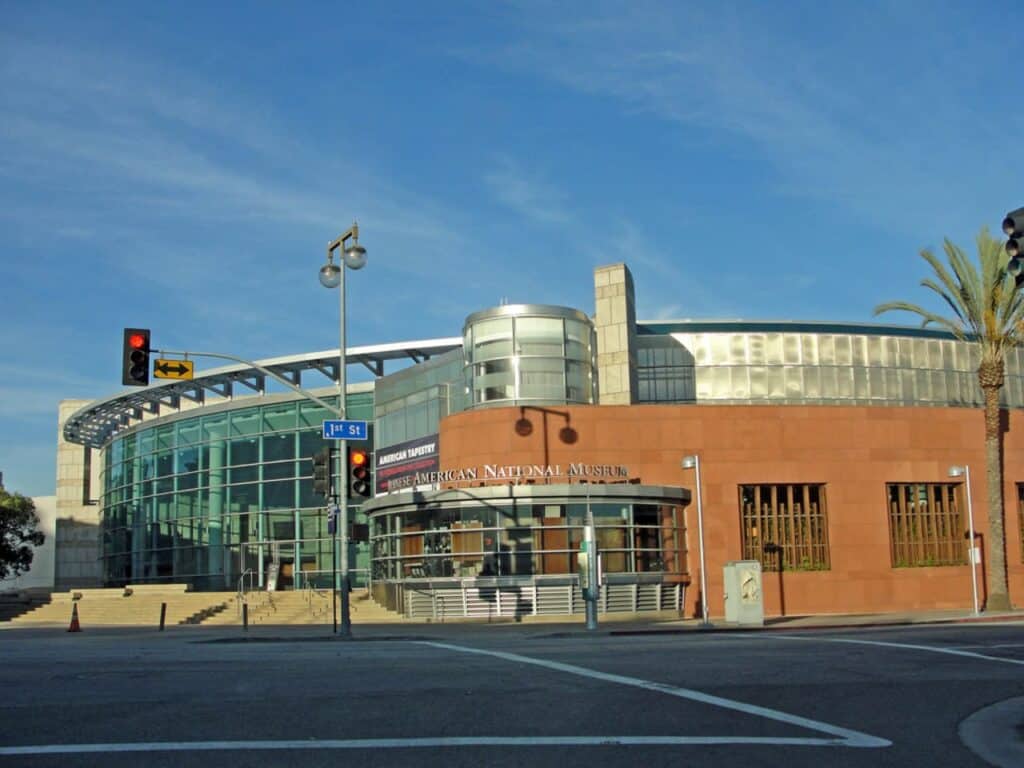
This museum captures a painful chapter often glossed over: the forced incarceration of Japanese Americans during World War II. Through family photos, letters, and interviews, you understand how fear can override justice. The exhibits feel especially relevant today, when questions about national security, citizenship, and belonging keep resurfacing. It’s a reminder of how easily civil liberties can be suspended—and why they matter so much.
4. Women’s Rights National Historical Park – Seneca Falls, New York
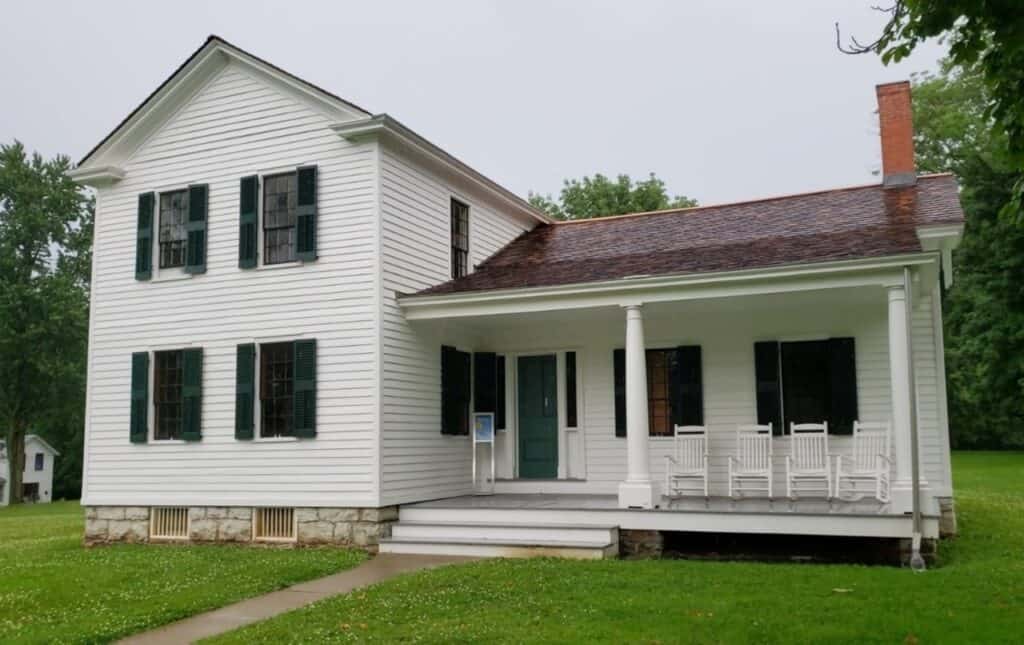
Located at the birthplace of the women’s suffrage movement, this museum tells the story of the first women who demanded political power in a country that denied them a voice. You see how their fight evolved into broader discussions about pay, reproductive rights, and representation. Visiting this site gives you a sense of how persistent activism often dismissed in its time eventually reshaped national law and culture.
5. Little Rock Central High School National Historic Site – Little Rock, Arkansas
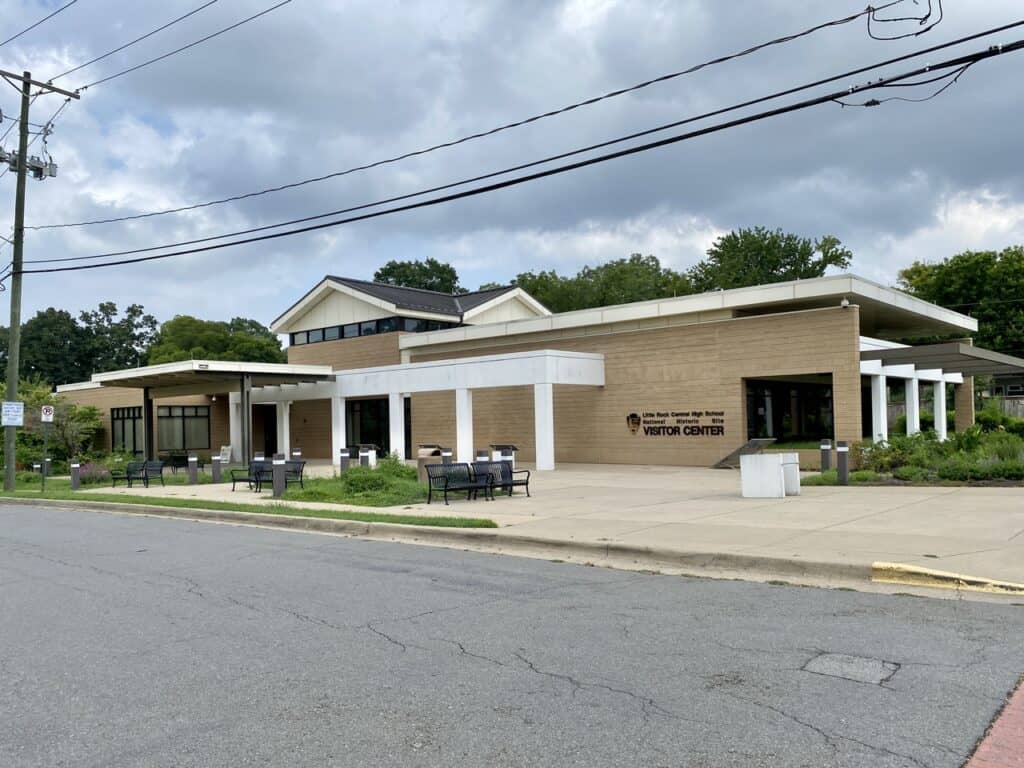
This working high school is also a museum preserving one of the most pivotal desegregation battles in U.S. history. Standing in the halls where nine Black students faced mobs and military escorts, you see how public education became ground zero for civil rights. The struggle over who gets access to quality education still plays out today, just with new names and new headlines.
6. Museum of the American Revolution – Philadelphia, Pennsylvania
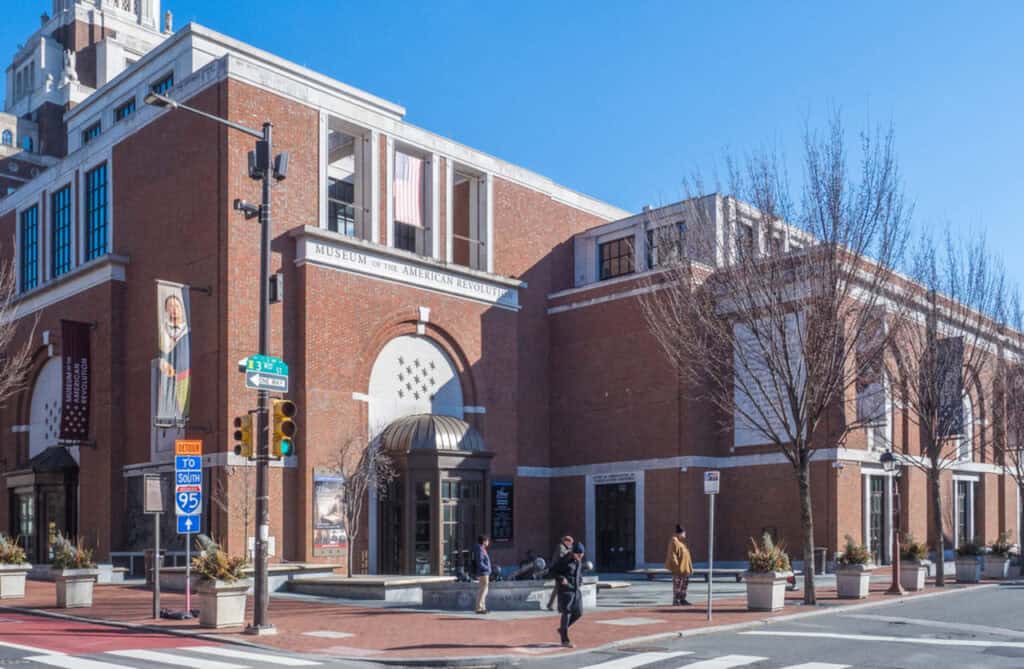
Though larger than some on this list, this museum connects the ideals of liberty and independence with the contradictions that still define U.S. politics. It highlights enslaved soldiers who fought for freedom and explores how early revolutions inspired ongoing battles for rights. You come away realizing that the slogans from 1776 still fuel modern disputes over freedom, government power, and belonging.
7. Harvey Milk Photo Center – San Francisco, California
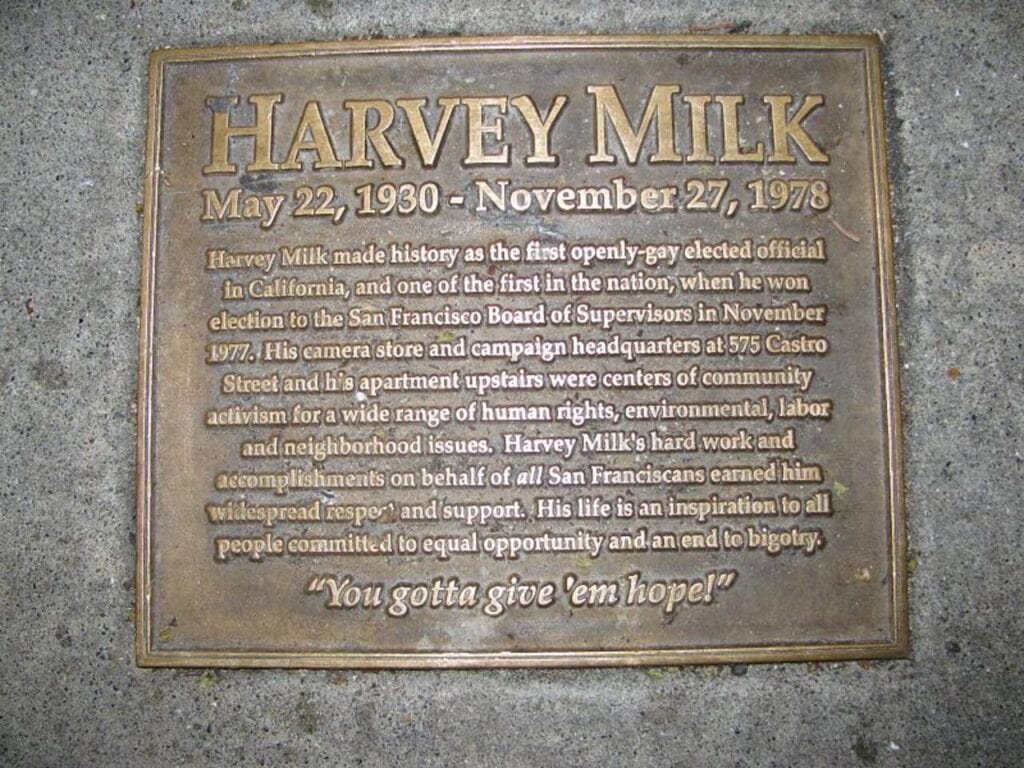
Named after one of America’s first openly gay elected officials, this small museum and community hub documents LGBTQ+ activism through photography. It shows how art and protest have long gone hand in hand, turning personal identity into political action. The center captures the roots of today’s conversations about equality, visibility, and the fight for dignity in public life.
8. Whitney Plantation Museum – Wallace, Louisiana
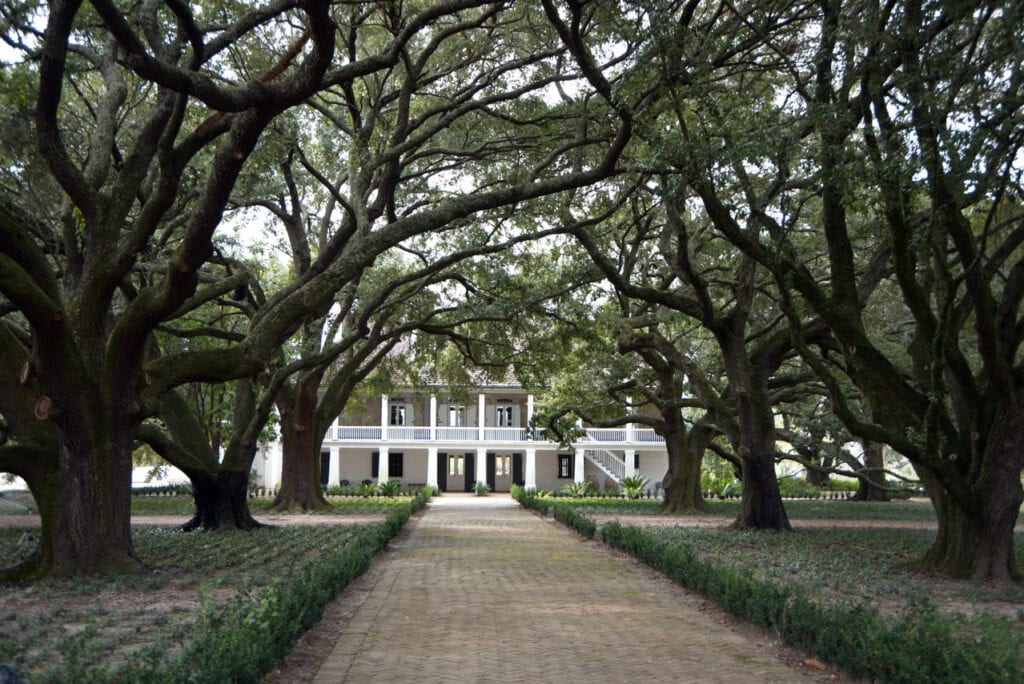
Unlike most plantations that focus on architecture or antiques, the Whitney tells the story from the perspective of the enslaved. It uses oral histories, sculptures, and restored slave cabins to center the lives of people whose labor built the region’s wealth. Standing there, you understand how slavery shaped modern systems of inequality and how its legacy still ripples through American life.
9. National Voting Rights Museum – Selma, Alabama
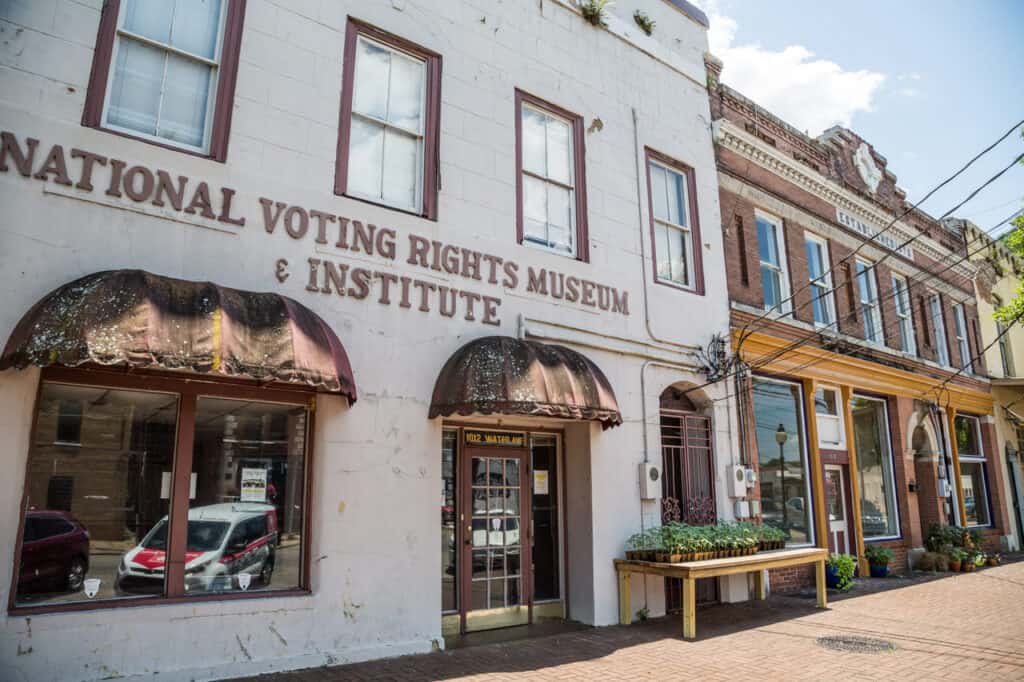
Sitting at the foot of the Edmund Pettus Bridge, this museum chronicles the fight for fair access to the ballot box. Photos, artifacts, and first-hand accounts show how generations risked their lives to make democracy more inclusive. When you leave, you can’t help but think about voter suppression battles still unfolding today. It turns abstract civic duty into something deeply personal.